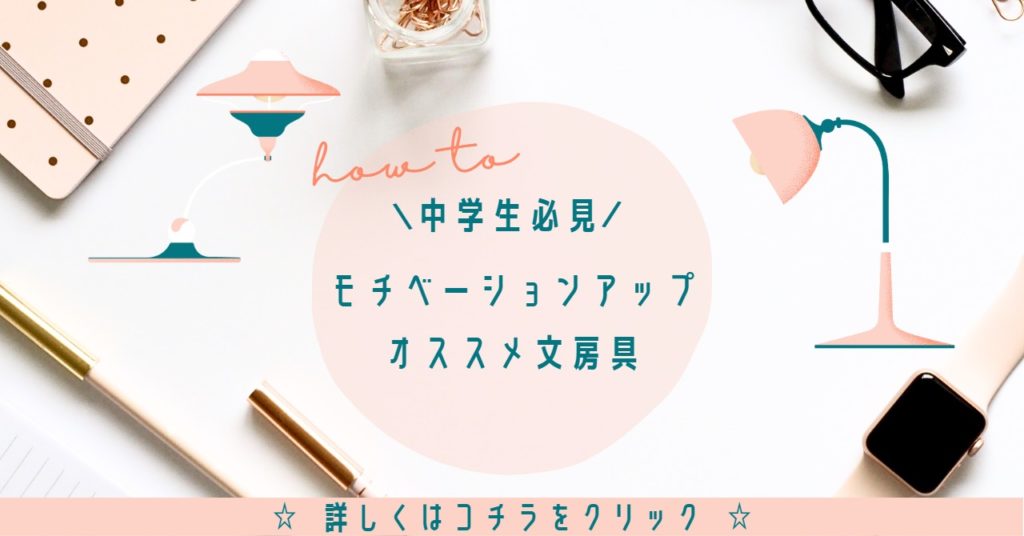開隆堂 中学3年生 Sunshine(サンシャイン) Program5 Part2の本文の日本語訳と重要箇所の解説です。
Program5-Scenes, 5-1, 5-3の解説はこちらからご覧ください。
>中3Sunshine Program5 Scenes 本文和訳
>中3Sunshine Program5 Part1 本文和訳
>中3Sunshine Program5 Part3 本文和訳
- Program5 Part2 本文と日本語訳
- Program5 Part2 重要事項の解説
- How did chocolate become popular?
- Cacao beans were shipped to Europe by the Spanish in the 16th century.
- After that, Europeans began to drink their chocolate with sugar.
- The world’s first solid chocolate was made in 1847.
- However, it was still bitter.
- Then a Swiss man and his friend added milk to improve its taste.
- This is called “milk chocolate” today.
- Chocolate is enjoyed throughout the world now.
- Look at this figure.
- Let’s find the countries which consume a lot of chocolate.
- Program5 Part2 まとめ
Program5 Part2 本文と日本語訳
How did chocolate become popular?
「チョコレートはどのようにして人気になったのでしょうか?」
Cacao beans were shipped to Europe by the Spanish in the 16th century.
「カカオ豆は16世紀にスペイン人によってヨーロッパに輸送されました。」
After that, Europeans began to drink their chocolate with sugar.
「その後,ヨーロッパの人々が砂糖と一緒にチョコレートを飲み始めました。」
The world’s first solid chocolate was made in 1847.
「世界で最初の固形のチョコレートは1847年に作られました。」
However, it was still bitter.
「しかし,それはまだ苦かったです。」
Then a Swiss man and his friend added milk to improve its taste.
「それから,スイスの男性と彼の友人が味を良くするために牛乳を加えました。」
This is called “milk chocolate” today.
「これが今日『ミルクチョコレート』と呼ばれるものです。」
Chocolate is enjoyed throughout the world now.
「チョコレートは今,世界中で楽しまれています。」
Look at this figure.
「この図を見てください。」
Let’s find the countries which consume a lot of chocolate.
「たくさんのチョコレートを消費している国を見つけてみましょう。」

Program5 Part2 重要事項の解説
How did chocolate become popular?
“how”は「どうやって,どのように」という疑問詞ですね。
“become”は「~になる」という動詞,“popular”は「人気のある」という形容詞です。
Cacao beans were shipped to Europe by the Spanish in the 16th century.
“cacao beans”は「カカオ豆」です。
“ship”は「を輸送する」という動詞で,ここでは「受動態」になっていますね。
“century”は「世紀」という名詞です。
After that, Europeans began to drink their chocolate with sugar.
“after”は「~の後」という前置詞で,“that”は直前の文全体を指していますね。
“European”は「ヨーロッパ人」という名詞で,“began”は“begin(を始める)”の過去形です。
“to drink”は「不定詞の名詞的用法」になっていますね。
The world’s first solid chocolate was made in 1847.
“first”は「最初の」,“solid”は「固形の」という形容詞になります。
名詞に‘sを付けると「~の」という所有を表します。
直前の名詞が複数形のときは” teachers‘ “のようにアポストロフィーだけを最後に付けます。
また,この文は「受動態」になっています。
However, it was still bitter.
“however”は「しかし」という意味の副詞になります。
同じ意味で“but”がありますが,こちらは接続詞なので品詞が異なります。“but”は“文A,but 文B”というように,2つの文を繋ぐ際に使います。
“文A. But 文B.”というように,“but”を文の先頭に置いて1文だけで完結させるのは原則NGとなります。
“still”は「まだ,いまだに」という副詞になります。
Then a Swiss man and his friend added milk to improve its taste.
“then”は「それから,そのとき,それでは」といった意味の副詞です。文に応じて柔軟に訳してあげてください。
“Swiss”は「スイスの」という形容詞になります。
“add”は「を加える」,“improve”は「を向上させる,良くする」という動詞で,“taste”は「味」という名詞ですね。
“to improve”は「不定詞の副詞的用法」になっていますよ。
This is called “milk chocolate” today.
この文も「受動態」になっていますね。
Chocolate is enjoyed throughout the world now.
この文も「受動態」になっていますね。
“throughout”は「~中で,~の至る所で」という前置詞です。
Look at this figure.
“figure”は「図,形,数字」という名詞です。色々な意味があるので,それぞれしっかり覚えましょう!
Let’s find the countries which consume a lot of chocolate.
“Let’s 動詞の原形”は「~しましょう」ですね。
同じ意味で“Shall we~?”や“Why don’t we~?”もあるのでセットで覚えましょう!
“find”は「を見つける」,“consume”は「を消費する」という動詞ですね。
また,「主格の関係代名詞」も使われていて,“which consume a lot of chocolate”が先行詞“the countries”を修飾していますね。
Program5 Part2 まとめ
以上がProgram5 Part2の日本語訳となります。
「主格の関係代名詞」の使い方を確実にマスターしましょう!
>中3Sunshine Program5 Scenes 本文和訳
>中3Sunshine Program5 Part1 本文和訳
>中3Sunshine Program5 Part3 本文和訳
何か分からない点や他に解説してほしい点があれば,お気軽にコメントしてください!



コメント